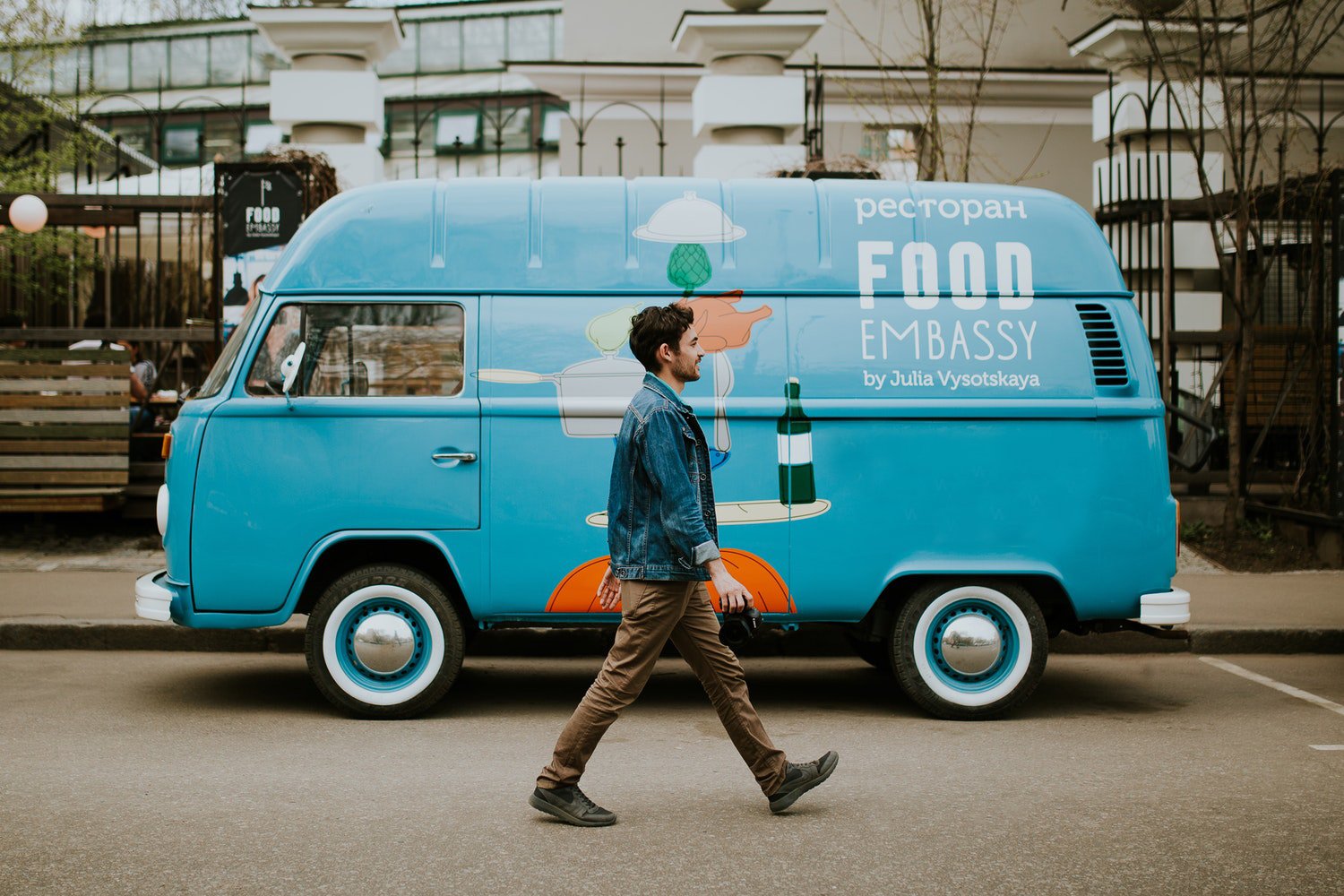What Are the Most Popular Medical Skin Treatments in Korea?
Why Korea Leads in Skin Medicine
South Korea is often called the “mecca of skin” for good reason. Clinics combine high patient volume, device innovation, cosmetic R&D, and strong regulatory oversight. That makes Korean skin clinics a testing ground for new methods—often serving as trend incubators for Southeast Asia and beyond.
The Most Popular Medical Skin Treatments in Korea
These are the treatments you’ll frequently see in premium clinics across Seoul, Busan, and major cities:
1. Laser Toning / Gentle Toning (e.g. Q-Switched 1064 nm)
Why it’s popular:
- Minimal downtime
- Helps even tone, fade freckles and pigment, and maintain brightness between more aggressive sessions
- Often sold in course packages (10+ sessions)
2. Skin Boosters / Microinjections (e.g. Juvelook, Rejuran etc.)
Why it’s popular:
- Targets hydration, glow, pore refinement, and subtle texture improvement
- Often done in combination with other treatments
- Very appealing for people who want that “glassy skin” look
3. Biostimulators / Collagen Builders (e.g. Sculptra, Juvelook Volume, etc.)
Why it’s popular:
- For structural support, mild lift, and improving underlying skin strength
- Builds collagen gradually so the look evolves naturally
- Many clinics blend them with fillers and skin boosters
4. Fractional and Pico Lasers
- Fractional (CO₂, Er, etc.): Deeper resurfacing for acne scars, texture, and dramatic renewal
- Picosecond & Fractional Pico: For pigment, “laser polishing,” mild texture work
- These give powerful results when downtime is acceptable
5. Thread Lifts (PDO, PLLA, etc.)
Why it’s popular:
- Non-surgical lift/contouring without going under the knife
- Many patients opt for threads as a mid-level option between injectables and surgery
6. Brightening / Pigment Protocols / Melasma Targeted Therapy
- Combination of lasers (toning, pico), intense pulsed light (IPL), energy devices, and skin-lightening topicals
- Korea’s high UV exposure makes pigment control a recurring treatment theme
7. Vascular & Redness Treatments (e.g. PDL, long-pulse lasers, vascular devices)
- Redness, rosacea, broken capillaries, post-acne pink marks are frequent concerns
- Pigment gets attention, but vascular work is often the “secret” behind better skin tone
8. Platelet-Rich Plasma (PRP) & Growth Factor Injections
- Using your own blood (platelets) or lab-prepared growth factor serums for healing, glow, and repair
- Often layered with microneedling or fractional lasers
9. Microneedling / Radiofrequency Microneedling
- Devices like RF microneedling (e.g. Morpheus, INFINI) are popular for combining texture + tightening
- Less downtime than full ablative lasers, more impact than basic microneedling
10. High-Intensity Focused Ultrasound (HIFU) / Ultherapy / Shurink
- For skin lifting and collagen contraction in deeper layers without surgery
- Often maintenance or “tension refresh” treatments
Why These Treatments Are Widely Chosen
- Balance of efficacy vs downtime: Many top treatments in Korea hit a sweet spot—strong results with manageable recovery.
- Combination mindset: Clinics routinely layer or sequence multiple modalities (laser + booster + biostimulator) to get synergistic results.
- High patient volume & competition: Clinics must offer treatments that attract both local and international clients—so popular treatments are heavily promoted.
- Refinement culture: Many patients in Korea look not just for “fixing” a problem but refining texture, luminosity, translucence. Treatment choices lean toward subtle enhancement over dramatic change.
How to Decide What’s Right for You
- Start with your top concern. Pigment? Texture? Sagging? Redness?
- Assess downtime tolerance. Some treatments require days of recovery—others let you resume makeup the next day.
- Ask about “series + combo” plans. In Korea the magic often comes from layering modalities over months.
- Check clinic reputation & device authenticity. Certified, genuine machines and experienced doctors matter more than hype.
- Budget over time. A “cheaper” quick fix often costs more if you need frequent repeat or correct side effects.



